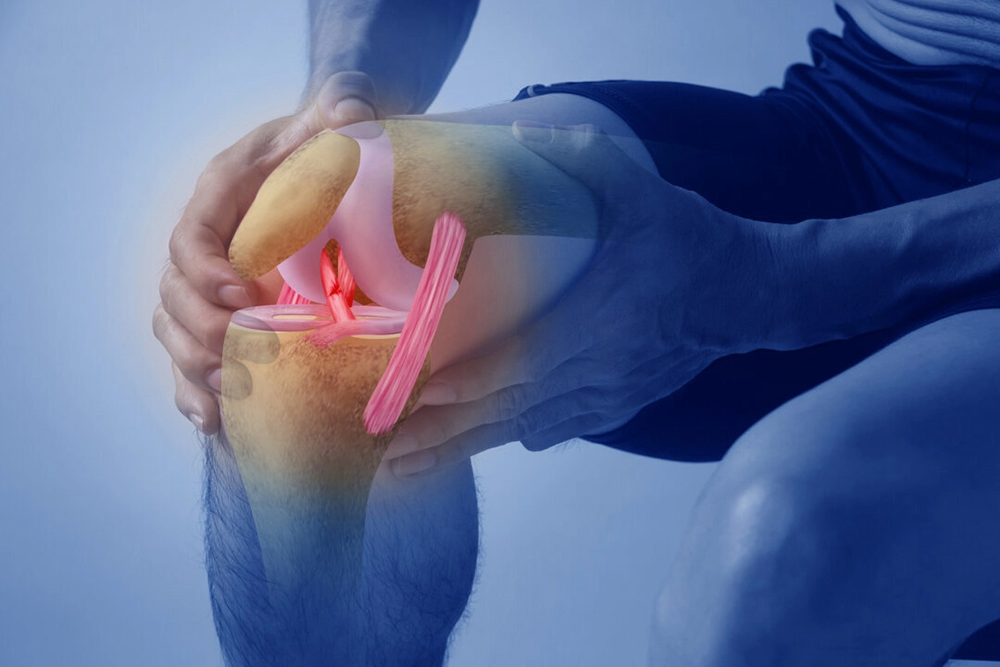|
Getting your Trinity Audio player ready...
|
By: George Citroner
Patients who undergo anterior cruciate ligament (ACL) reconstruction surgery to repair torn ligaments may be at an elevated risk of developing early-onset knee arthritis, particularly due to issues related to the kneecap, according to a new study.
Findings show that those who received ACLR surgery had a shift in the positions of their knee bones and joints, causing a change in load on their knees.
This type of surgery, common among athletes, aims to repair torn ligaments—but has also been linked to long-term complications, with over 50 percent of patients developing arthritis within 20 years.
Kneecap Position Linked to Risk
The research team used biplane fluoroscopy to precisely measure the motions of the knee joint during walking on level ground and downhill, situations that impose varying demands on the knee.
The study, recently published in the Journal of Orthopaedic Research, included 15 participants aged about 26 years who had undergone ACLR and compared their knee movements to those of 10 healthy individuals who had no knee problems.
The kneecap, or patella, in those who had surgery moved up by 4.4 to 5.6 millimeters more than the other group’s, and this changed the way the knee joint moved. The patella was also pushed forward by 5.4 to 6.3 millimeters more during walking, indicating a change in knee structure that could stress the joint.
The study also noted that the tendon connecting the knee cap to the shinbone was an average of 8.9 millimeters longer in ACLR patients compared to the healthy group.
Among the ACLR participants, nearly half had an abnormally higher knee cap, also known as patella alta, which may put excessive stress on parts of the knee that are not used to handling load.
According to researchers, a higher-riding patella may contribute to the development of knee osteoarthritis by shifting the load-bearing areas between the patella and the femur to regions of cartilage unaccustomed to load and leaving previously loaded regions unloaded.
“If this condition existed prior to the injury, then it may be a predisposing factor for ACL injury,” corresponding author Marcus G. Pandy, of the University of Melbourne in Australia, told The Epoch Times. “Alternatively, if the condition arose as a result of surgery, then it may help to explain the high rate of knee osteoarthritis seen after ACLR.”
The findings suggest that altered knee movements may lead to premature wear and tear on the joint cartilage, contributing to long-term issues such as osteoarthritis. According to Pandy, the key takeaway is that people who have undergone ACLR have an abnormally longer tendon in their knees, causing a higher-than-normal kneecap position.
However, Dr. James Penna, chair of the Department of Orthopaedics and Rehabilitation at Stony Brook Medicine, disagreed that ACLR surgeries could be causing a longer knee tendon.
The angle of the knee upon impact with the ground varies between individuals who have had an ACL injury and those who haven’t, Penna noted.
Researchers of the study raised the question about whether it’s the injury or reconstruction that can lead to elongation of the patellar tendons.
Penna disagreed that the longer tendon in the knee could be caused by the surgery. “It doesn’t, it can’t,” he said. He believes the researchers simply happened to have patients with naturally longer tendons in their sample.




